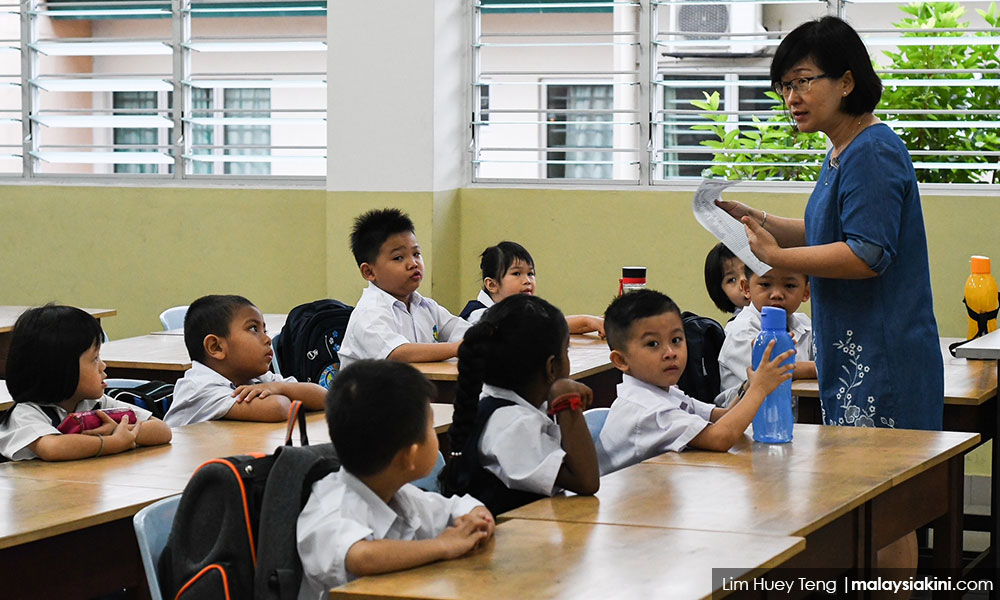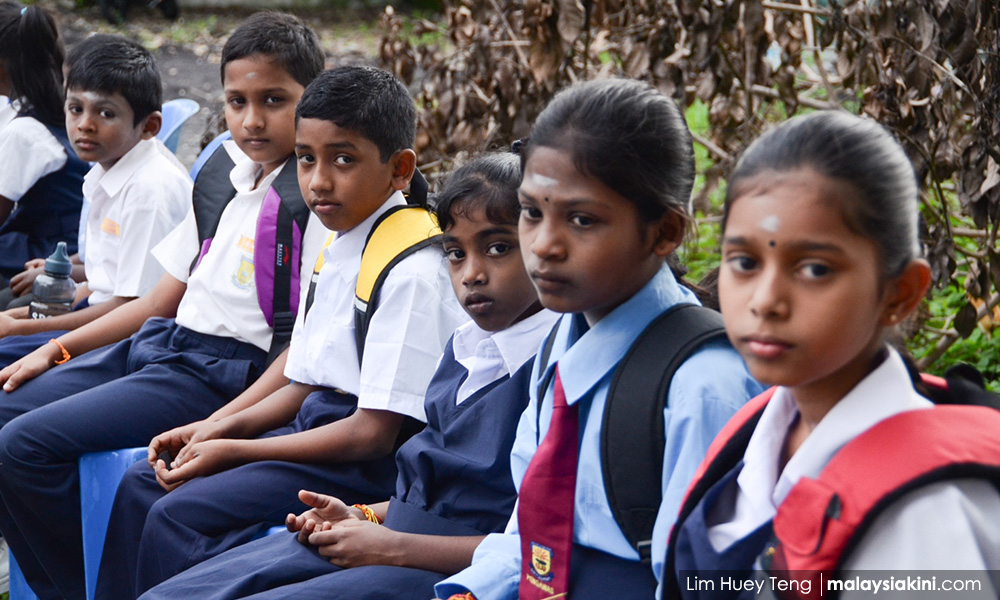ADUN SPEAKS | Vernacular schools in the country are facing many challenges. Here I am referring to Chinese and Tamil schools that are popular in their respective ethnic communities rather than the national schools.
The education system in Malaysia gives an impression that vernacular schools are at odds with the national schools. The answer is yes and no.
Parents have a choice to send their children to either vernacular schools or to national schools at the primary level. After spending six years of primary school, students can make the transition to secondary national schools.
In a way, it can be said that primary vernacular schools complement the national schools. The competition between them is only at the primary level.
There is another option. Financially better-off families can also send their children to international schools where they can choose the curriculum to be pursued.
The formal establishment of the vernacular came as the result of a political bargain between the major races in the country just before political independence.
A consociational arrangement of a sort provided for the acceptance of Bahasa Malaysia as the national language and the use of languages such as Mandarin and Tamil in schools.
The existence of vernacular schools was fraught with political and ethnic tensions from the beginning. Competing ethnic nationalisms not only strengthened vernacular schools but also called for their removal.
The calls from certain sections of society to bring together the three different types of school systems into a single national system did not materialise.
Asking for a single system of education only managed to speed up ethnic or language nationalism that served to strengthen the vernacular schools.
As national schools came to be identified with interests of Malays and their religion, the fervour for vernacular schools increased from their respective communities.
As it stands, the majority of school-going children from Chinese and Indian communities go to vernacular schools.

However, I have been informed that about 18 to 20 percent of students in Chinese vernacular schools are from the Malay community. Malay parents are sending their children to Chinese schools to acquire knowledge of Mandarin and skills in science subjects.
It is obvious that ethnic nationalism takes a back seat when parents decide to send children to schools that can provide good and sound education.
While vernacular schools might have a slight edge in quality over national schools, there are some serious challenges to the continuation of the former.
The arguments that vernacular schools stand in the way of national unity or integration among the races have no basis. It has been repeatedly established that vernacular schools are not the cause of racial disunity but politics based on race and religion is to blame.
Recently, even the constitutionality of vernacular schools has been challenged in the court of law. While ethnic nationalism might fuel for the dogged preservation and continuation of vernacular schools, these schools are not without other dangers.
There about 28 Tamil schools, half of them in Perak and the rest in Johor, Selangor, Kedah and other states with student enrolment at about 10 and less. Chinese schools might have this problem but on a lower scale. There are few Tamil schools where teachers number more than students.
If the phenomenon of low enrolment persists in vernacular schools then they might face the dim prospect of being closed down. If inter-ethnic nationalism fuels the relevance of vernacular schools, low enrolment might endanger their future.
It is not that this problem of low enrolment cannot be addressed. Many of these schools in this category are in poor shape physically. Nothing has been done to spruce them up and improve infrastructure, putting in new facilities and others.
Under these circumstances, parents concerned about the educational future of their children might opt not to send them to schools that in poor shape. Anyway, why should they?
In Penang, the state government is fully aware of the low enrolment problem and has improved the infrastructure of these schools resulting in the dramatic improvement of student intake.
Ladang Sempah Tamil Primary School in Nibong Tebal, Penang, had only 19 students about 10 years back. However, within a year or so with a generous grant from the state government for infrastructure and new classrooms, the student population went up to 90.
This is one example and there are others not only in Penang but other states where financial assistance can turn around the condition of schools.
Penang and Selangor might give yearly financial grants for the improvement of Tamil schools but what about other states?
It is the fundamental neglect of Tamil schools which is the main reason for a drop in intake. It can be controlled if the governments at both the state and federal levels think of improving the financial contribution to Tamil schools.
I understand that Kedah, Perak, Johor and others hardly make contributions to Tamil schools. Chinese schools might be sustained by contributions from their community, but Tamil schools depend solely on governments, both state and federal.
Even if vernacular schools are forced to close down, it is still not too late to save them. The permits of the closed schools can be used to build new schools in areas of high Indian concentration.

The electoral constituency of Bagan Dalam, Penang, with a sizeable Indian population is badly in need of a Tamil school. If the federal government desires, it could transfer the licence of a school that has been closed down or about to close down to be transferred to a new Tamil school in this district.
I heard that a Chinese school that was closed down in the district of Sri Manjung, Perak, the licence was transferred to a school in Puchong. I am sure there are other schools both Tamil and Chinese that saw a new beginning with transferred licences.
The biggest tragedy of the Indian community is that it lost more than 500 schools over the years, under the BN government. Today there are slightly more than 500 Tamil schools located throughout the country.
If the MIC had some imaginative thinking then, the Indian community could have saved some of the licences of the closed schools for the new ones. Instead of increasing Tamil schools, the BN government was more interested in re-grouping Tamil schools under the Wawasan concept. This was a major failure.
Whatever was said and done, the MIC must bear the responsibility of the reduction of Tamil schools in the country.
Despite the opposition to vernacular schools from some segments, the present danger seems to emanate from low enrolment. I am not sure whether such neglect is deliberate or an oversight on the part of the government.
Finally, while opposition to vernacular schools could be mitigated by their quality of education, the danger to their existence comes from low enrolment resulting from governmental neglect.
P RAMASAMY is the state assemblyperson for Perai. He is also deputy chief minister (II) of Penang. - Mkini
The views expressed here are those of the author/contributor and do not necessarily represent the views of MMKtT.




No comments:
Post a Comment
Note: Only a member of this blog may post a comment.